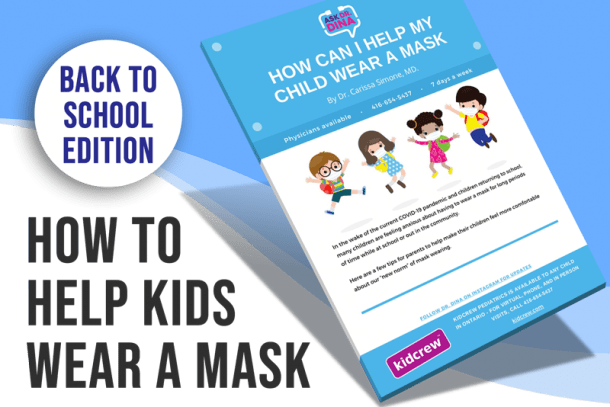Don’t Cramp My Style – Baby Crawling 101
Have you ever watched a baby commando crawl, or crab crawl, or bear crawl?
It’s hilarious watching a baby sweep the floors clean with their knees straight and arms out.
Babies crawl anywhere between 7-10 months. Don’t worry about your baby’s crawling style – it’s becoming mobile that’s important, no matter how your baby does it.
There are LOTs of different crawling styles out there.
Don’t forget; some babies skip crawling altogether and move directly to pulling up, standing, cruising (furniture walking), and walking.
As long as your baby spends lots of time in belly crawl and exploring their environment on their hands and knees, you’re on the right track.
Crawling helps to strengthen muscle tone and develop hand-eye coordination and balance.
Crawling is beneficial for many reasons, including social, fine motor skills, cognitive, sensory, and emotional factors. Babies begin to see the world in a whole new way, as well as increasing independence.
It also helps to develop:
- Spatial,
- Visual, and
- Tactile Integration.
Types of Crawling:
“Give me the classic”
- This is the classic crawl – the infant weight bears on her hands and knees, then moves one arm and the opposite knee forward at the same time.
- Army or “commando” crawl – they are lying flat on their stomachs and dragging the body forward.
- Leapfrog – baby makes a bridge with his arms and legs and then thrusts forward.
- The Rolly Polly – who needs to crawl when I ROLL everywhere!
- Bottom Scooter – the infant scoots around on her bottom, using her arms to move herself forward. Most babies learn to scoot backward and then forwards.
Crawling babies might cry because they are moving away from the toy they are trying to reach.
Try to support their exploration of their environment and their different crawling styles by creating challenging but achievable targets for your baby to go towards.
How to Support Your Baby’s New Crawling Skills:
Use a pillow to support your baby in a crawling position.
– You can place your baby over a pillow on their tummy with their knees bent and arms straight in a crawling position.
– This will facilitate shoulder and core strength and help them learn the sense of what it feels like to be on all four limbs.
Allow for plenty of tummy time to develop upper extremity, trunk, and neck strength.
– Tummy time provides the foundation for crawling and walking.
Facilitate crawling by putting a toy near them, so they have to reach for it and then slowly move the toy away.
– Practice makes perfect! Crawling means baby-proofing.
My advice: take a crawl through your home and see what is at your baby’s level!
Frequently Asked Questions
How Many Crawling Patterns Are There?
There are several types of crawling that a baby might use.
When it comes to an absolute number, you’ll likely get a different answer depending on whom you ask. Regardless, there are probably right around a dozen ways of crawling.
The classic crawl is the most commonly used, hence the name ‘classic’ crawl! This is the method everyone knows and thinks of when they picture babies crawling around. The baby moves around on her hands and legs bent at the knee, moving one arm forward along with the opposite leg, switching back and forth as she goes.
The leapfrog crawl can look a bit scary, but trust your baby! This is when the baby extends his body and then thrusts forward, leaping like a frog. This can be a fun one to watch!
The crab crawl can actually frustrate the baby. As she’s essentially pushing backward, away from the direction that she wants to move in. There’s nothing wrong with this; it’s simply another way the baby learns to get around.
The bear crawl may look uncomfortable, but again, trust your baby. This one is similar to the classic crawl, but instead of moving on her hands and knees, the baby moves on her hands and feet, with slight bending in the elbows and knees.
It gives a funny, stiff appearance, but whatever works!
Some babies get so good at rolling around that they forgo crawling altogether, instead choosing to roll towards their destination. This is another fun one to watch!
Don’t worry that your baby isn’t crawling in the traditional sense. All that matters is that they’re able to get around.
Finally, there’s belly crawling, otherwise known as commando crawling. This is when the baby lies on his stomach and pulls himself forward with his arms. It’s called the commando crawl because it looks similar to what soldiers do in the military.
Is Commando Crawling Considered Crawling?
It’s perfectly natural to wonder if commando crawling is considered a form of crawling. After all, the baby isn’t using her legs but instead letting her arms do all the work.
Like the rolling crawl, commando crawling is perfectly fine because it’s all about the baby getting around.
Regardless of how they do it, as long as the baby is mobile, they will develop and strengthen essential motor skills.
The only time to worry is when your baby can’t seem to get around. As long as they can get from A to B, everything is good!
What Is Asymmetrical Crawling?
When doing the classic crawl, your baby’s arms and legs are all doing the same thing. One arm moves along with the opposite leg, and then the process switches back and forth.
With asymmetrical crawling, one leg is in a walking position, and the other is in a crawling position.
This isn’t an ideal way of moving and can indicate an issue with your baby’s muscles.
It could also be an early indicator of autism. If your baby is crawling asymmetrically, it’s a good idea to talk to your doctor about it.

Lauren is a registered occupational therapist working in Toronto. She has worked and trained in a variety of community, school and hospital settings, She has an interest in working with children and adults on motor development, co-ordination, fine and gross motor skills and adaptations for play, self-care and productivity.










